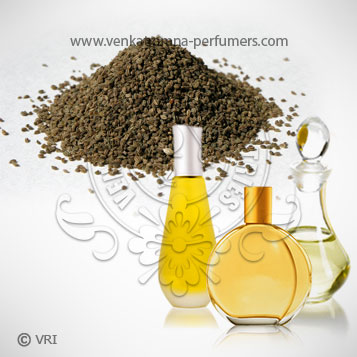
| Botanical Name | Apium Graveolens |
| Common Name | Garden Celery, Smallage, Wild Celery |
| Country of Origin | North America |
| Solubility | Soluble in oil, insoluble in water |
| Specific Gravity | Not Applicable |
| Optical Rotation | Not Applicable |
| Refrective Index | 1.385 - 1.7590 |
| PlantPart | Seed |
| Bland With | Lavender, Pine, Lovage, Tea Tree, Cinnamon Bark and Clove Bud. |
| CAS No | Not Applicable |
| Flash Point | 87° |
| Extraction Method | solvent extraction |
Celery seed oleoresin is derived from rip seeds of the cultivated plants of Apium Graveolens Linn. The volatile oil has a very strong aromatic flavour, which chiefly contains d-limonene and sedanolides responsible for the characteristic flavour. Celery Oleoresin is also used as stimulant, carminative, nervine, sedative and even in tonic. It is also used to flavor soft drinks and unpleasant medicaments.
Native to southern Europe, Celery is extensively cultivated as a domestic vegetable, with Celery Seed Oil primarily produced in India, Holland, China, Hungary and the USA.
Color : Greenish yellow in colour with strong aromatic flavour,
Aroma : Celery seed Essential Oil has a fresh, spicy and warm scent.
Contains 1.5 - 3.0 percent of pale yellow volatile oil; 15 – 17 percent of fixed oil is resins.
Celery oleoresin is extensively used as flavoring or spice. It is also used as stimulant, carminative, nervine, sedative and even in tonic.